The culture and tradition of Uttarakhand” is deeply connected with nature, spirituality, and heritage. This Himalayan state, also known as Devbhoomi, is famous for its festivals, folk dances, music, and simple lifestyle. From Harela and Phool Dei to Jhora and Chholiya dance, the traditions of Uttarakhand reflect harmony, devotion, and joy. To be honest, whenever someone says “Uttarakhand,” most people immediately picture the snow on Kedarnath, the pilgrims walking towards Badrinath, or Rishikesh with yoga and Ganga aarti. I also used to think like that earlier. But once you start reading or better, once you actually spend some time there, you realize this state is not just about temples and treks. It has its own culture — something raw, old, and still alive in daily life.
I’ll try to share what I noticed and also what I have learned about the traditions of the people here. It’s not a guidebook-style description, more like how I felt about the place and its people.
A Life Shaped by Faith
One of the strongest things about Uttarakhand’s culture is the way spirituality flows into ordinary routines. People don’t separate life and religion. Lighting a lamp in the morning, offering water to a plant, or simply folding hands when they pass a river — all this is normal here.
The land itself feels sacred. Villagers talk about the mountains as if they are living beings. They call rivers “mother.” Even forests are respected in a way that’s hard to explain unless you see it yourself. It’s not about grand rituals but more about small, everyday respect for nature. That’s why people here don’t see gods as distant; they believe they live with them, around them.
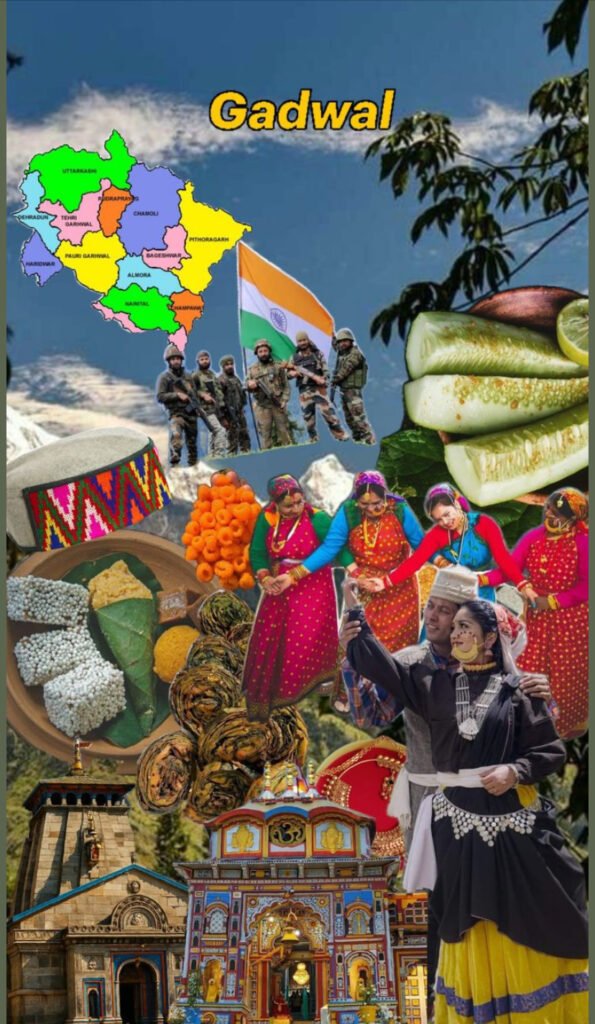
Language That Feels Like Music
I remember sitting at a small chai shop in Almora where two men were talking in Kumaoni. I couldn’t understand the words, but the rhythm felt almost like a song. That’s when I realized how important language is here.
In Garhwal, they speak Garhwali. In Kumaon, it’s Kumaoni. Both have their own charm. Many youngsters switch to Hindi, but when it comes to songs, stories, or even scolding children, the local dialects automatically come out. And that’s how oral traditions have survived.
Old people still tell folktales — about local deities, about kings and queens of the hills, about spirits in the forests. These are not written anywhere, they just pass from one mouth to another. If you sit in a room with elders on a winter night, you’ll hear stories that sound half-real, half-magical. That’s the soul of the culture.
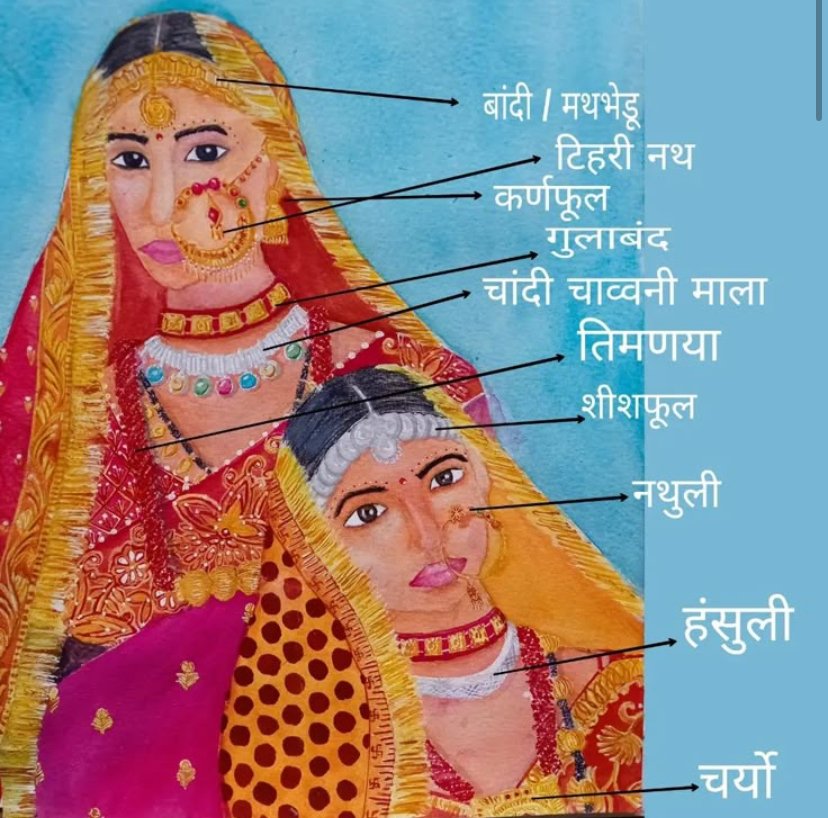
Community Comes First
One thing that hit me about Uttarakhand is how community-oriented people are. Mountain life is not easy — slopes, distance, and cold weather make daily tasks tough. Because of that, people rely on each other.
If there’s a wedding in the village, it’s never just about one family. Everyone helps — from cooking to arranging wood to singing songs. Even during funerals, the whole village stands together. There’s a feeling that life is collective, not individual.
Marriage traditions are interesting too. Brides often wear a saffron-yellow scarf called pichora. It’s decorated with red prints and is considered very lucky. It’s simple, not flashy, but it carries deep meaning. And throughout the ceremony, women sing folk songs, sometimes teasing, sometimes blessing. That sound fills the whole atmosphere with warmth.
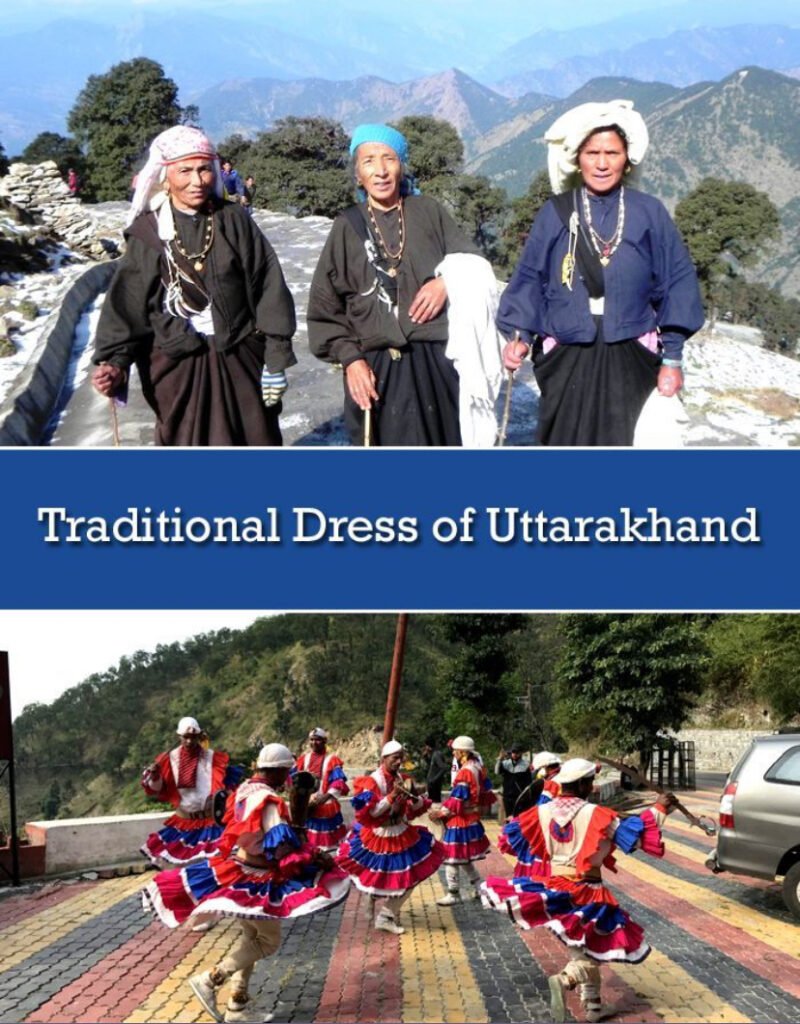
Clothes That Speak of Identity
Clothes in the hills are practical. You can’t wear fancy stuff when you’re climbing slopes every day. Women usually wear sarees or ghagras with woolen shawls. Men wear kurtas, wool coats, and the famous pahadi topi. That cap looks simple, but trust me, locals wear it with pride. It’s like saying, “I belong here.”
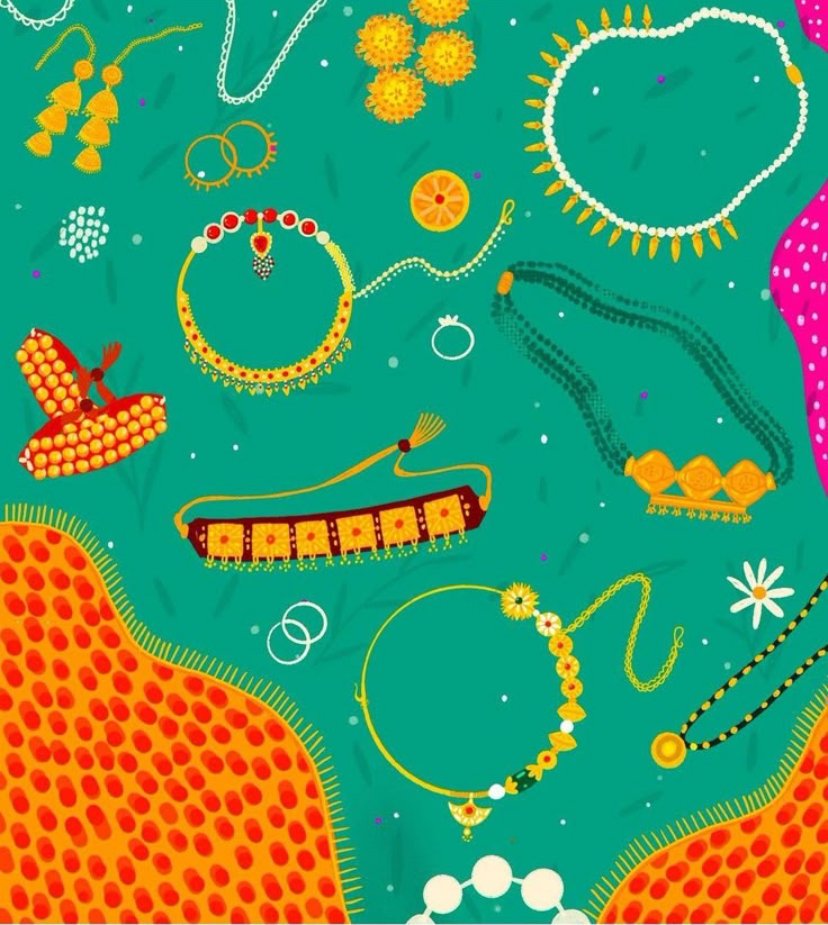
Jewelry is another important part. Silver is everywhere — nose rings, anklets, necklaces. The nath (big nose ring) especially stands out in weddings. These pieces are not just for beauty. Often they are old, passed down in families, carrying the memory of mothers and grandmothers. In that sense, ornaments here are stories in themselves.
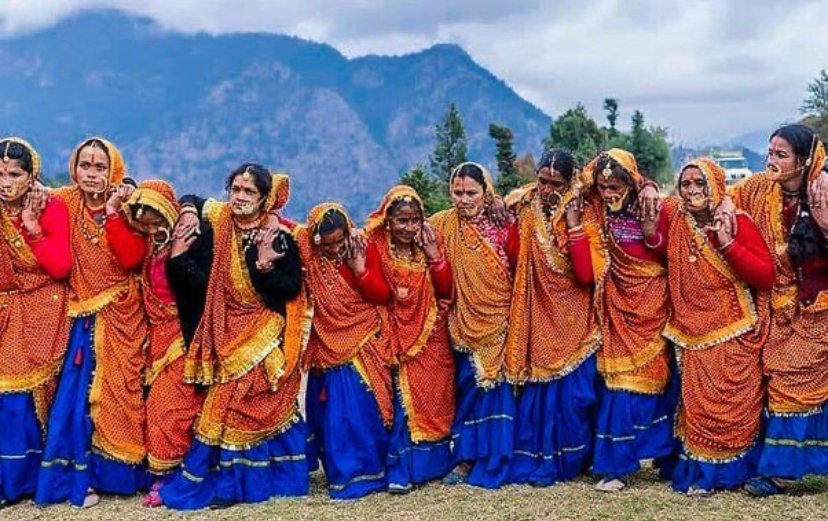
Music and Dance in Everyday Life
What surprised me the most is how natural music feels in Uttarakhand. It’s not limited to concerts or stages. People sing while working in fields, while walking long distances, or during ceremonies.
In Kumaon, group dances like Chholiya are performed with a lot of energy. In Garhwal, there’s Langvir Nritya, where men show acrobatic moves that almost look like martial arts. Drums, flutes, and traditional instruments like dhol and damau create beats that echo in the valleys.
But the real beauty lies in the lyrics. Many songs are about love, longing, or devotion. Some are about men who leave for work outside the state, while women wait in the villages. You can feel the emotions directly, even if you don’t understand every word.
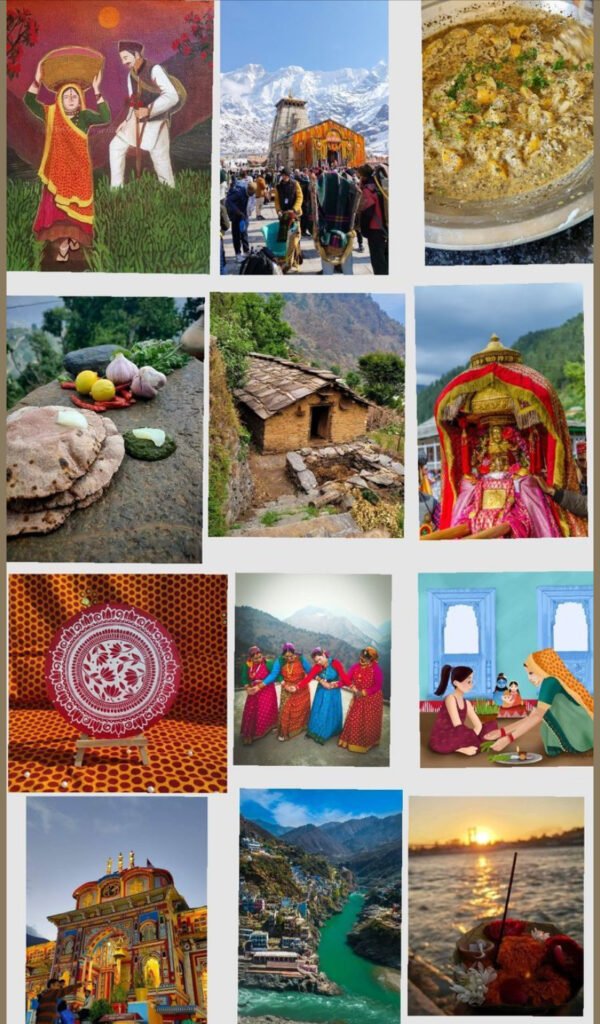
Homes and Craft Traditions
Traditional houses here look simple but are full of wisdom. Built with stone and wood, they have sloping roofs so that snow doesn’t pile up. The walls are thick to keep warmth inside. And the doors — often made of carved wood — show patterns of flowers or gods. These designs are not random. They reflect beliefs of protection and beauty.
Craft skills are also a big part of tradition. Wool weaving is common. So is bamboo work, which locals call ringaal. Silver jewelry-making is another craft that has survived through generations. These things are not just for selling to tourists. People actually use them in daily life, which keeps them authentic.
Values That Still Hold Strong
If I had to sum up Uttarakhand’s culture in one word, it would be “simplicity.” People here are humble and respectful. Hospitality is a natural habit. Even if a family doesn’t have much, they will still offer tea or food to a guest.
Respect for elders is another strong tradition. Touching their feet for blessings is common. Families often take decisions collectively, not individually. And then there’s the bond with nature. Before drawing water, many still offer a small prayer to the river. Trees are considered sacred, certain plants are worshipped, and animals are treated with respect. These small traditions may look ordinary, but they carry a wisdom that connects humans and nature together.
Final Thoughts
Uttarakhand’s culture is not loud or showy. It’s quiet, like the sound of a river in the background. You see it in the way people speak their dialects, in the folk songs that rise from the valleys, in the wooden doors of houses, and in the simple rituals of everyday life.
For me, the real charm of Uttarakhand is that its traditions are not preserved in museums. They are alive. People still practice them, sometimes without even realizing that they are carrying centuries of heritage.
If you ever travel there, don’t just look at the mountains or temples. Sit with the locals. Notice the way they welcome you, the way they sing, the way they respect nature. That’s when you’ll understand that Uttarakhand is not only about scenic beauty — it is about a living culture, humble and timeless, which is truly the soul of the Himalayas.

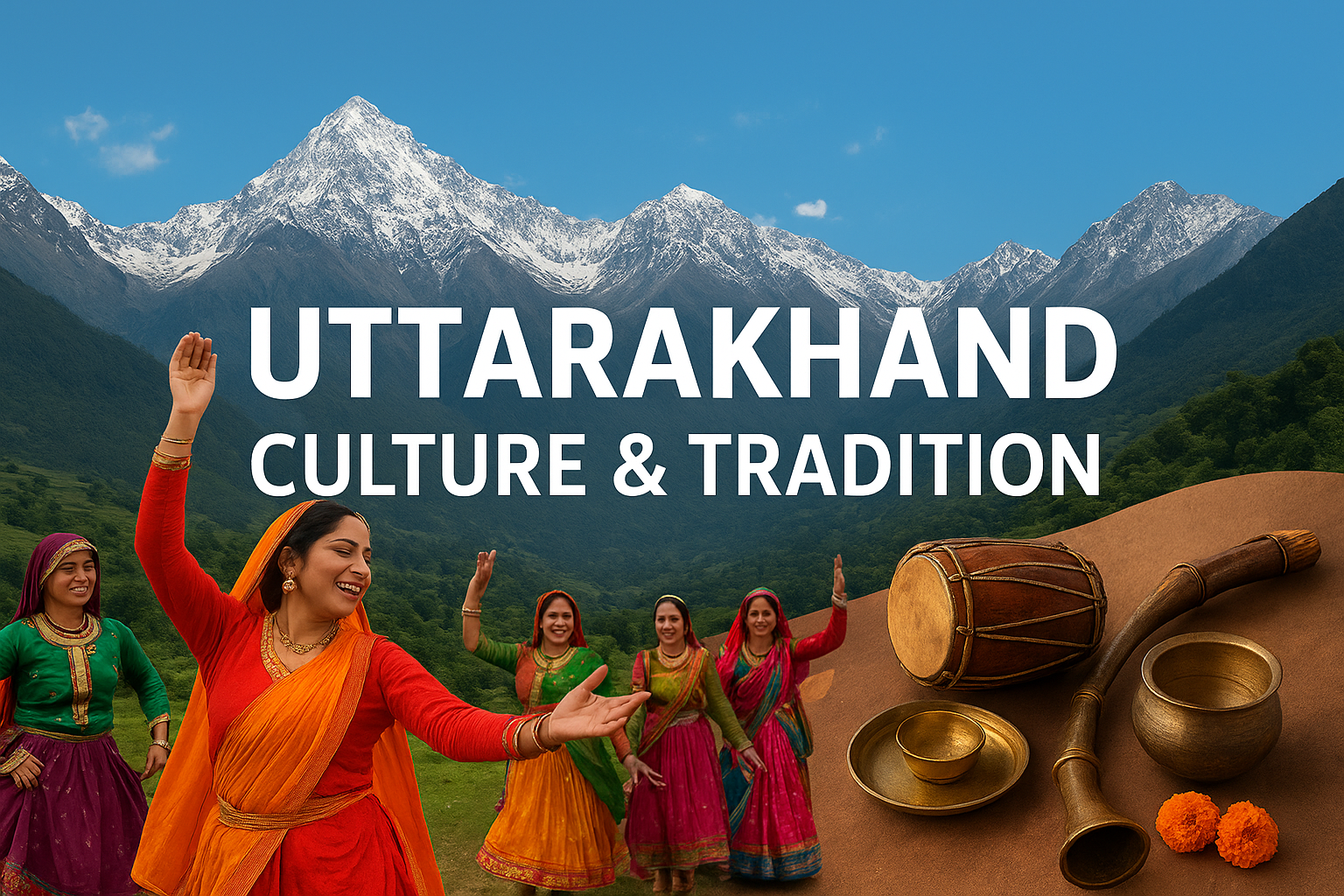
Rohit Jha
Beautifully written! The article truly captures the essence of Uttarakhand’s rich culture and traditions beyond just its scenic beauty. Knowing about local heritage is equally important for aspirants preparing for state-level exams, and Job Vacancy Result is doing a great job by connecting knowledge with opportunities.